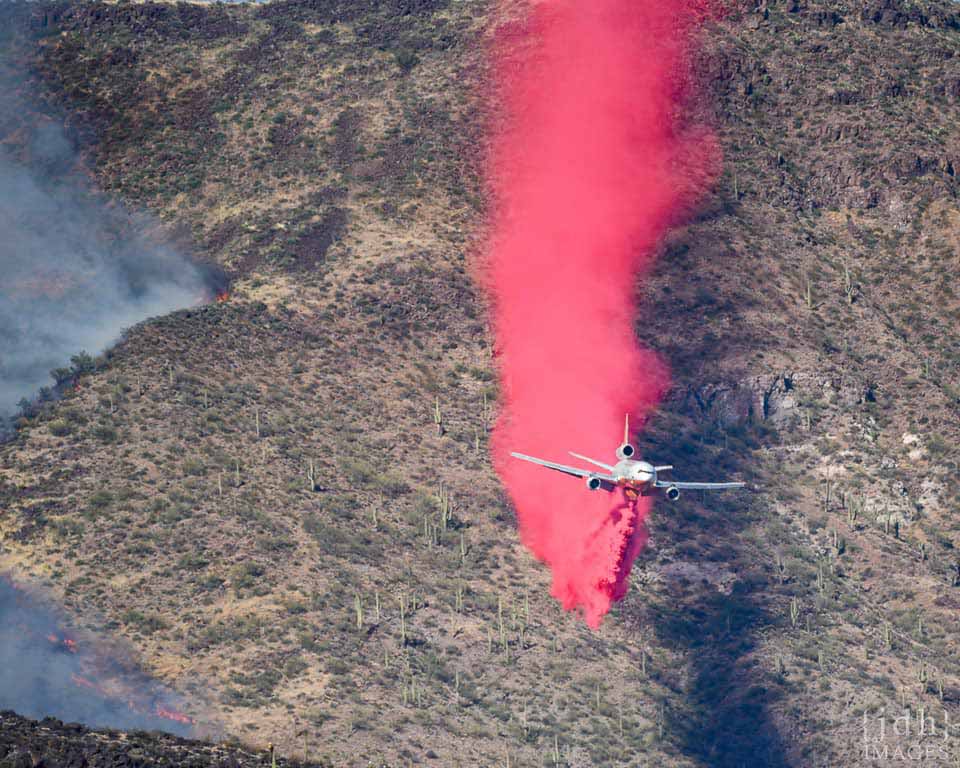I found a 5-year workplan on the USFWS site and made a list of all of the AZ species that USFWS will make listing determinations for.
Its pretty interesting to
look at what’s coming up. Lots of talussnails! But after the
Sonoran desert tortoise (which they decided not to list), I think the next big
one is the Monarch butterfly.
Also interesting that there’s no bumble bee
species on this list, as I know they’ve been petitioned. Of course, this could all change as new species are added to the candidate list and priorities change...
FY22
Sonoran desert tortoise
-widely distributed in AZ deserts
- listing decision spring 2022: not warranted
Cactus ferrugous pygmy owl
-by end of calendar year
https://www.inaturalist.org/taxa/237012-Glaucidium-brasilianum-cactorum
https://www.audubon.org/news/this-tiny-desert-raptor-could-soon-regain-federal-protection
roundtail chub
gray wolf (western populations)
FY23
Joshua tree
Quitobaquito tryonia
FY24
Monarch butterfly
-widely distributed in AZ
A listing proposal is anticipated by November 2023, with
a final listing decision by end of Federal FY2024 (September 2024).
Las Vegas bearpoppy Arctomecon californica
Pinaleno talussnail Sonorella grahamensis
San Xavier talussnail Sonorella eremita
FY25
Ferris's copper butterfly Lycaena ferrisi
https://www.inaturalist.org/taxa/1360320-Tharsalea-rubidus-ferrisi
ASNF southwest of Springerville
Chisos coral-root Hexalectris revoluta
Sky island mountains
Threecorner milkvetch Astragalus geyeri var.
triquetrus
Grand Wash springsnail Pyrgulopsis bacchus
Kingman springsnail Pyrgulopsis conica
FY26
Arizona toad Bufo microscaphus microscaphus
- widely distributed in AZ
https://www.inaturalist.org/taxa/64982-Anaxyrus-microscaphus
Navajo bladderpod Lesquerella navajoensis
- habitat on Navajo Nation
Yuman Desert fringe-toed lizard Uma rufopunctata
Mojave poppy bee Perdita meconis
Bylas springsnail Pyrgulopsis arizonae
Gila tryonia Tryonia gilae
Huachuca woodlandsnail Ashmunella levettei
Squaw Park talussnail Maricopella allynsmithi
-populations are on city or county parks in the Phoenix
metro area https://explorer.natureserve.org/Taxon/ELEMENT_GLOBAL.2.114155/Maricopella_allynsmithi
Verde Rim springsnail Pyrgulopsis glandulosa
https://www.inaturalist.org/taxa/111425-Pyrgulopsis-glandulosa
FY27
Morton's wild buckwheat Eriogonum mortonianum
Pipe Springs cryptantha Cryptantha
semiglabra
Source: https://www.fws.gov/media/national-listing-workplan-fiscal-years-2022-2027
More USFWS lists: https://ecos.fws.gov/ecp/species-reports










